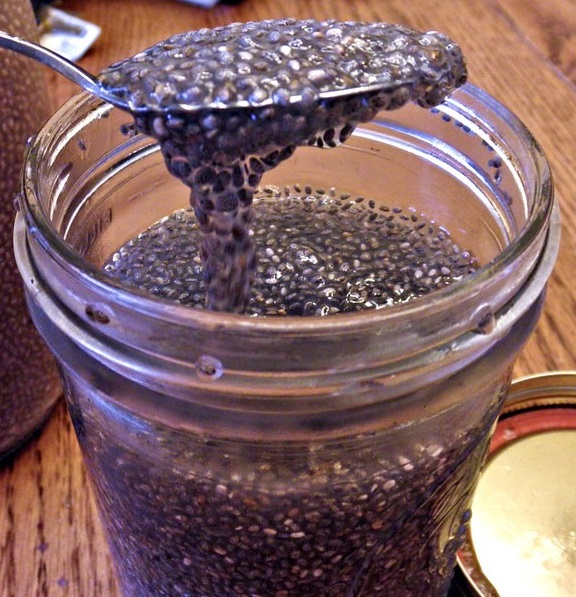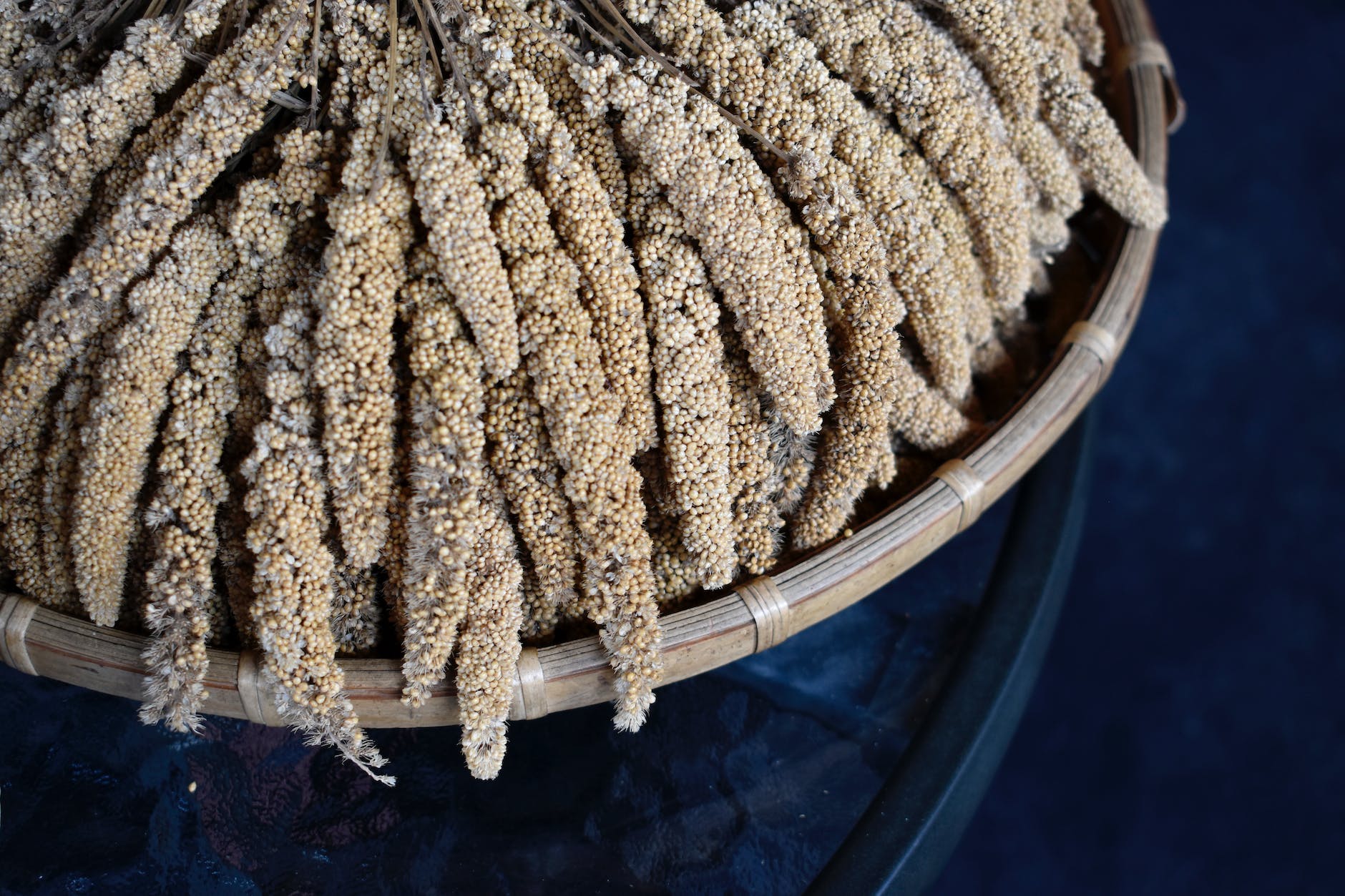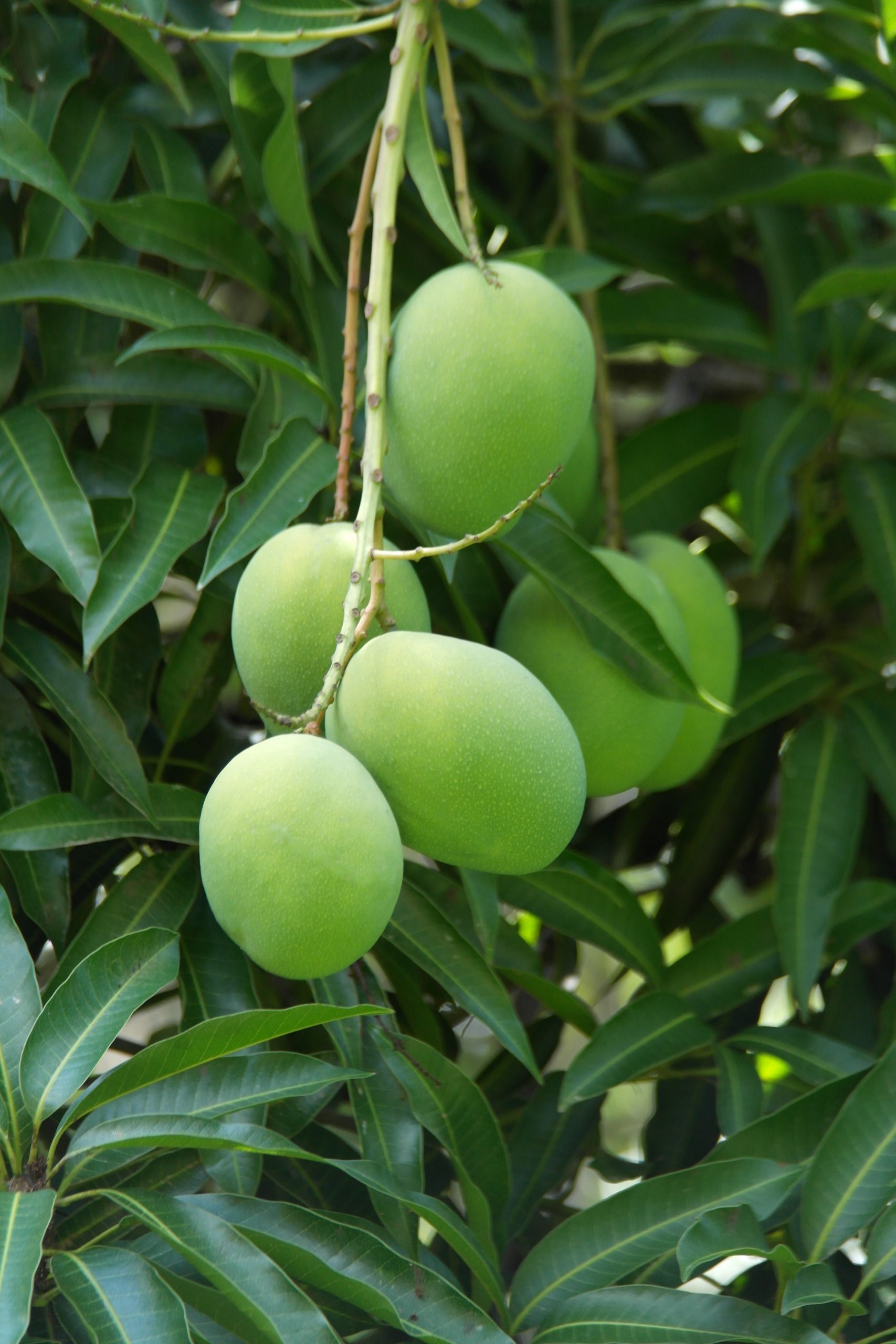
Namaste, Food Lovers! 👋
Today, we’re embarking on a journey deep into the heart of superfoods, exploring one tiny yet potent star – Chia Seeds. These little marvels are creating a whirlwind in the global food scene and it’s about time we explore their story in the context of Indian cuisine. 🌍💫
Chia Seeds: A Historical Perspective
Originally from Mexico and Guatemala, chia seeds have been a valuable food source for ancient civilizations like the Aztecs and Mayans, prized for their nutrient-dense composition. These minuscule seeds, usually black or white, possess an impressive capacity to absorb up to 12 times their weight in liquid, forming a unique gel-like consistency. 😲
In India, chia seeds are commonly known as ‘Sabja seeds’ or ‘Falooda seeds’ and are written as ‘सब्जा बीज’ in Hindi and ‘చియా విత్తనాలు’ in Telugu. Traditionally, they have been used in Indian cooking, primarily in refreshing drinks like Falooda and Ruh Afza, and desserts like Kheer and Kulfi for their soothing and cooling properties. 🍨🥤
Why Chia Seeds are a Superfood
Chia seeds, brimming with antioxidants, fiber, protein, and Omega-3 fatty acids, offer a myriad of health benefits:
- Weight Management: The high fiber content in chia seeds aids satiety, helping you feel full for longer and assisting in maintaining a healthy weight. 🏋️♀️
- Bone Health: Chia seeds are a powerhouse of essential minerals, including calcium, playing a crucial role in preserving bone health and density. 🦴
- Heart Health: The Omega-3 fatty acids in chia seeds work effectively to lower bad cholesterol levels, thereby bolstering heart health. ❤️
- Digestive Health: The fiber-rich chia seeds support regular bowel movements, fostering a robust digestive system. 🥦
- Skin and Aging: The potent antioxidants in chia seeds fight against skin aging by combating free radicals and reducing inflammation, granting you a youthful glow. 💁♀️
Given the tremendous health benefits of chia seeds, let’s see how we can creatively incorporate them into our Indian meals. Get ready to put on your chef’s hat and let your culinary creativity soar!
1. Chia Seed Raita 🥣
Bring an exciting twist to your regular raita. Add a tablespoon of soaked chia seeds to your yogurt and cucumber blend. The chia seeds lend an enjoyable crunch, creating a delightful textural contrast to the smooth raita.
2. Chia Seed Roti 🍪
Boost your regular rotis by integrating chia seeds into your dough mix. The result? A nutrient-dense, crunchy roti that’ll have everyone reaching for seconds.
3. Mango Chia Pudding 🥭
Turn a standard dessert into a healthful treat. Soak chia seeds overnight in milk and, come morning, layer them with sweet, ripe mango puree. This tropical spin on an Indian dessert classic is a surefire summer winner!
4. Chia Seed Biryani 🍚
Believe it or not, you can sneak chia seeds into your biryani! The seeds blend seamlessly with the biryani’s rich flavors, keeping the traditional taste intact while offering a nutritious boost.
5. Chia Seed Lassi 🥛
Elevate your lassi by stirring a tablespoon of soaked chia seeds into it, whether it’s sweet, salty, or mango. The chia seeds not only enhance the nutritional profile of your lassi but also lend it an intriguing texture!
However, our journey with chia seeds doesn’t stop here. As a versatile superfood, they lend themselves beautifully to a variety of dishes, making your culinary exploration limitless.
Food is a universe waiting to be explored. So, don’t hesitate to step beyond these suggestions—experiment with chia seeds and create your own delicious recipes. And when you do, we’d love to hear about your culinary adventures!
Join our dynamic community of food enthusiasts on our Facebook group EatLo. It’s a haven for you to exchange ideas, share your unique food creations, and revel in the sheer joy of culinary discovery. We’re eager to see the chia seed masterpieces you’ll create, so dive in today and let your imagination run wild in the kitchen! 🍽️💪











